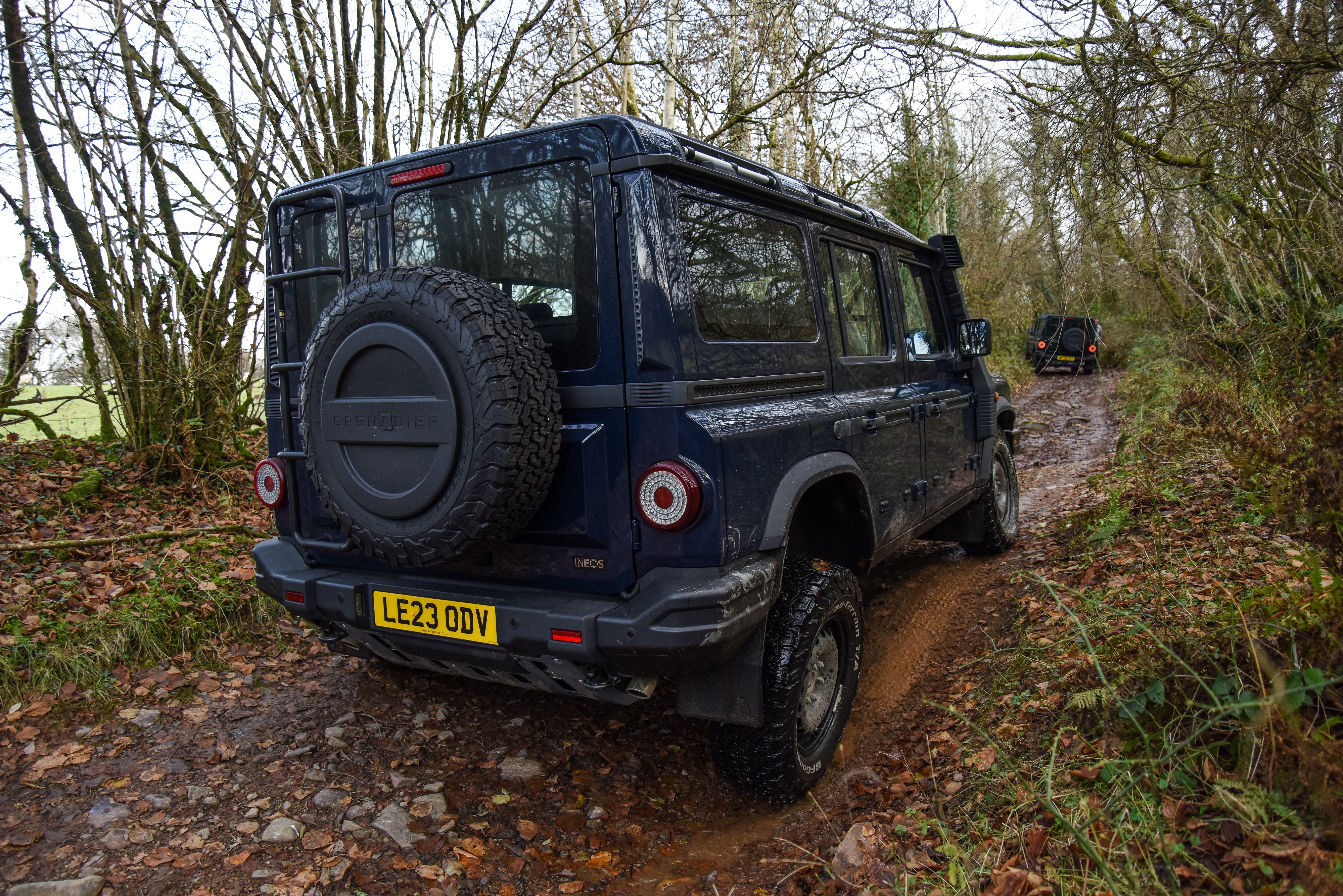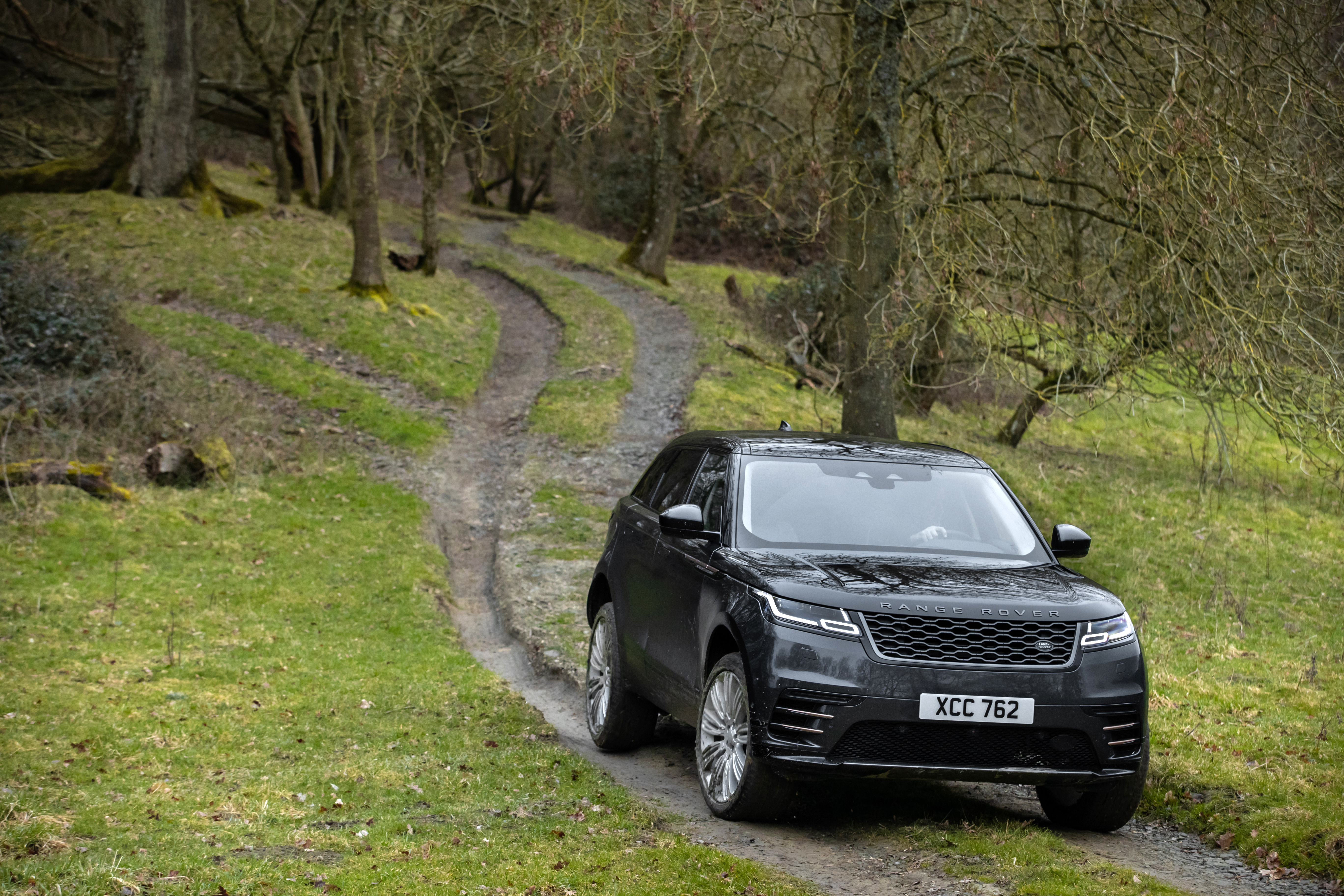You may have heard of green laning. It’s a way of exploring some of the country’s lesser-travelled routes which take in vast areas of countryside and rural zones. It’s a great way to get a sense of adventure without travelling too far from your front door.
But it does also come with some precautions and a series of rules and regulations designed to ensure that you can still have fun while looking after the countryside. Let’s take a look at the ins and outs of green laning.
So just what is green laning?

Green laning is a way of legally exploring certain areas which you might not think would be accessible by car. It involves older routes which are still off the primary highway and give you a sense of going off-road while still technically being on it. The byways and unclassified roads that you’ll use to go green laning are still roads, even if they aren’t surfaced.
So while you might think that you can just drive wherever you like, green laning means that you’re still sticking to determined roads and, therefore, can do so legally. Remember, the rules of the road still apply on a green lane.
Can I just head off and start exploring?
Not exactly. Green laning is a way for drivers to legally venture off the tarmac into areas that are more rural and, at times, more testing. You’ll need to get a proper Ordnance Survey (OS) map that will highlight either a Byway Open to All Traffic (BOAT) or an Unclassified Road or UCR (ORPA) which are the only two types of roads that are legal to be driven on by motor vehicles.
However, according to the Green Lane Association, ‘just because these routes are on an OS map doesn’t mean they are driveable’. To be certain that you can take a car on them, you need to look at a Definitive Map (DM) or List of Streets (LoS). The DM is possible to view online on some occasions, while the LoS will be held by the Highway Authority which you’ll be able to view via appointment – you can then take your own maps and annotate them accordingly.
I’ve done all my research – what next?

Well, once you’re fully clued up on where you’re able to drive, you’ll need a car with which to do it. Naturally, these kinds of routes favour four-wheel-drives, which bring added ground clearance and more traction when things get a bit sticky. You don’t need to go for an all-singing-all-dancing brand-new model, either, but you just need to make sure that it’s reliable and well-maintained. Mind you, if you do fancy something newer, then cars like the Land Rover Defender, Jeep Wrangler or Ineos Grenadier are all up to the job. Since a green lane is still a public highway, any car you’re using will need full insurance and an MOT.
You may want to bring a few spare parts with you and the Green Lane Association also recommends a high-level jack so that you’re able to change a tyre should you get a flat while out and about.
What do I do if there’s an obstruction?
Green lanes are open to the elements and aren’t routinely maintained, which means that you might find your path blocked by a fallen tree or logs. You’re allowed to cut back any obstruction in order to keep going, but you’ll need to place this wood on the verge as they’ll belong to the landowner.
Legally you’re allowed to divert around an obstruction in order to pass, but always do this sensibly – there’s no need to destroy vegitation or hedgeways uncessarily. You may want to consider turning back and heading in the direction you came.
Is green laning the same as off-roading?
No. Green laning means you’re sticking to the road, it just happens that the section if road you’re on is unpaved or hasn’t got any tarmac or proper surface. Heading off this mapped section is when you would technically be off-roading and should be avoided. You could be straying onto another person’s land and can risk prosecution as a result.
What else do I need to pack?

Since green lanes can be quite remote, it’s worth packing some items that you could rely on should you get stuck. So we’d be taking a mobile phone and a topped-up power bank to charge it, as well as some warm clothing and a blanket.
Some snacks are always a good idea, as is plenty of water. We’d be taking those to use throughout the drive anyway, so keep some spares to hand in case you get stuck.
Is there anything else I need to know?
If you’re not feeling overly confident but still want to head out, then you could get in touch with the Green Lane Association and one of its reps, while the UK also has plenty of other reputable travel and four-wheel-drive groups who will point you in the right direction.
Going green laning is all about planning and checking, so ensure that you’re on the correct route and there’s no reason why adventuring here in the UK can’t be an absolute breeze.
